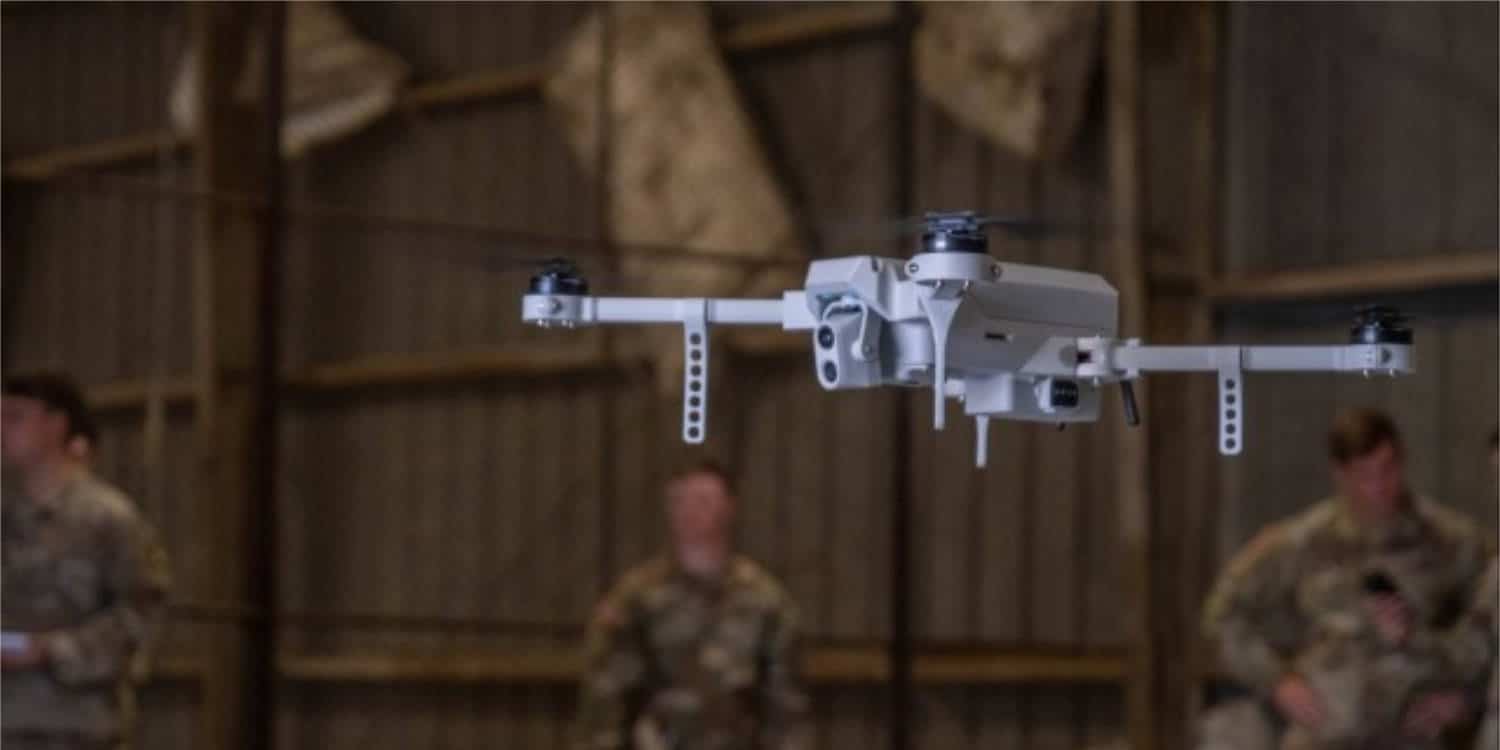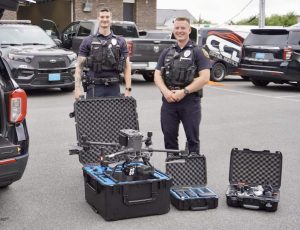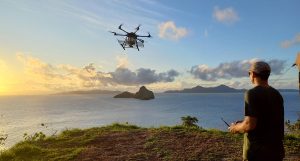U.S. Secret Service Embraces Military-Grade Drones for Enhanced Security Post-Butler Incident
The summer of 2025 marks a pivotal moment as the U.S. Secret Service unveils its fleet of military-grade drones, spurred by the assassination attempt on former President Trump in July 2024 at Butler, Pennsylvania. These technological advancements symbolize not just innovation but a potent response to recent security lapses, sending a message to potential threats in this modern era. This article delves into the transformation, its significance, and the prospective landscape for aerial security and drone policies across the United States.
The ‘Butler Moment’: A Turning Point in Security
On July 13, 2024, Thomas Crooks operated a commercial drone unseen above a campaign rally in Butler, culminating in an assassination attempt that escaped the Secret Service’s notice. The event resulted in one fatality and two injuries, highlighting significant vulnerabilities in VIP protection. Investigations unveiled a collapse in aerial surveillance and agency communication, as local police efforts to warn the Secret Service’s countersnipers failed due to incompatible radio systems. This incident underscored the pressing need to address sophisticated risks associated with prominent public events.
Introduction of Military-Grade Drones
In response to the Butler incident, the Secret Service introduced advanced military-grade drones. These drones mark the most substantial upgrade in aerial security, equipped to detect, track, and neutralize unauthorized drones in real-time.
- Real-time detection: Designed to fill surveillance gaps and prevent incidents like Crooks’ drone from occurring unnoticed.
- Counter-UAS capabilities: Beyond identification, these drones actively engage to neutralize threats.
- Integration with automated systems: Supports continuous venue coverage without constant manual monitoring.
- High-resolution imaging: Combines military precision with civilian flexibility for rapid responses.
Matt Quinn, Deputy Director, emphasized their newfound ability: “We can now detect and mitigate unauthorized UAS.” This increased confidence reflects a significant leap in operational capabilities, reducing the chances for hostile drones to breach security perimeters undetected.
Building a Unified Security Framework
Recognizing the limits of technology alone, the Secret Service has also established mobile command posts—high-tech vehicles that cost up to $1.5 million each. These command posts are aimed at bridging communication gaps between federal and local law enforcement, a critical flaw apparent during the Butler scenario. This communication overhaul ensures timely, coordinated responses to any security threat.
In the wake of the Butler incident, six Secret Service agents faced suspension, highlighting the agency’s commitment to accountability and prevention of similar oversights.
Understanding ‘Military-Grade’
“Military-grade” drones promise unmatched reliability and resilience. Such specifications are reserved for critical missions and environments, offering the following capabilities:
- Durability: Designed for challenging climates and complex missions, they offer consistent performance.
- Advanced sensors: Equipped with multi-layered views through LiDAR, thermal imaging, and radar.
- Secure communications: Resistant to jamming and hacking to maintain control and data transfer.
- Autonomous countermeasures: Features like jamming or intercepting rogue drones enhance security operations.
- Integrated command and control: Drones provide real-time data to command posts, ensuring a cohesive security strategy.
Setting New Standards in Law Enforcement
The integration of these advanced drones by the Secret Service is part of a growing trend towards the militarization of civilian security technologies. This shift is expected to influence local police, event planners, and private security organizations to consider adopting similar technology solutions. Anticipated changes include:
- Adoption of drone and counter-drone systems at public events.
- Evolving drone regulations and operational licensing.
- Increased professionalism among drone pilots informed by counter-UAS technologies.
Impact on Regulation and the U.S. Drone Ecosystem
This initiative aligns with broader shifts in U.S. defense and law enforcement strategies, notably the Pentagon’s reclassification of small drones as expendable resources akin to ammunition in 2025, affecting every aspect from military to civilian usage.
| Group | Weight | Altitude Ceiling | Speed | Notable Use/Policy |
|---|---|---|---|---|
| 1 | up to 20 lbs | up to 1,200 ft | up to 100 knots | Considered ‘consumable goods’ |
| 2 | 21-55 lbs | up to 3,500 ft | up to 250 knots | Widely deployable as consumables |
| 3 | 56-1,320 lbs | up to 18,000 ft | up to 250 knots | Under review for classification |
By 2026, the U.S. Army expects every unit to utilize attack drones, mirroring trends seen in global conflict zones.
Expert Insights for Agencies and Enthusiasts
Key advice includes:
- For Law Enforcement: Strategically invest in detection technologies and strengthen interagency communication to enhance threat responsiveness and coordination.
- For Event Planners and Security: Ensure airspace compliance and establish partnerships with law enforcement for comprehensive counter-UAS solutions.
- For Drone Enthusiasts: Remain informed on regulations and restrictions, advocating for transparency and safe flying practices.
Revisiting Training and Organizational Priorities
Secret Service agents now regularly participate in training at Maryland’s James J. Rowley Training Center, adapting to the challenges of a post-Butler era. As one agent expressed, the shift from outdated technology to advanced capabilities is as transformative as switching from a bicycle to a Tesla.
The agency remains devoted to delivering elite technology and communication tools to prevent repeats of past incidents, as reaffirmed by Deputy Director Quinn.
The Human Aspect of Tech-Driven Security
Despite the focus on advanced drones, the underlying theme of this evolution remains human resilience and adaptability—embracing accountability, ongoing improvement, and transparent collaboration as vital components of robust national security.
Through interactive press briefings, the Secret Service has candidly acknowledged past errors, fostering respect and trust within both public and governmental circles.
Conclusion: The Evolving Security Landscape
The Secret Service’s adoption of military-grade drones spearheads a broader security approach, ensuring comprehensive protection at future public events. The implications are clear: To those invested in security, adaptation, collaboration, and strategic investment are imperative to counter the rapidly evolving threats poised to challenge today’s security frameworks.
Fun Fact: For those attending major events in D.C., looking skyward reveals the quiet presence of this ‘SkyNet’—an indication of the future that’s already in motion.













